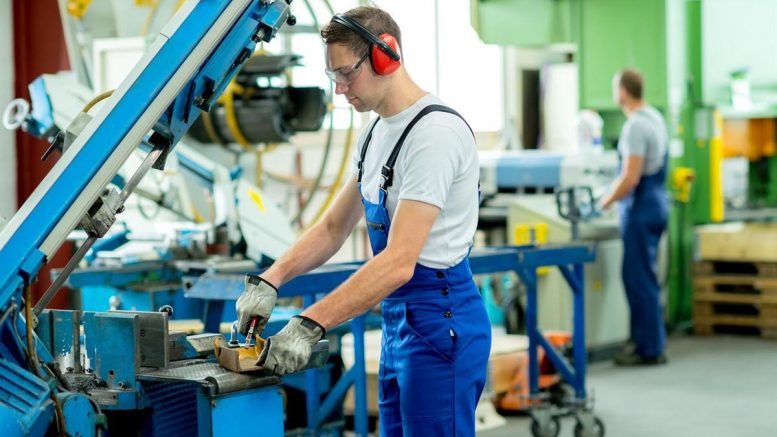KTM Solutions will celebrate 14 years in business in 2019. My wife and I founded KTM Solutions after 22 years working for large corporations. While employed by world class aircraft companies, I heard a steady stream of reports about the eminent work force shortage, particularly engineers.
During the last 14 years, nearly every chamber event I’ve attended suggests the largest single business issue is work force development. Our country put a man on the moon in under ten years. Relative to this, development of the next generation of workers should be pretty simple. Why is this still an issue?
Before I offend someone and make this sound like a simple issue, I recognize there are many contributors. Some people blame the public education system, disintegration of the nuclear family, stigma on manufacturing careers, uncertain job availability and economic stability related to political factions. The list could be as long as the number of people you ask and can be overwhelming. But I learned a long time ago, the only person you can truly control and change is you. Applying this logic, it seems the best place to start is by looking into what each of us can do.
KTM Solutions started an informal apprenticeship program six months after the company was founded. We began with high school seniors and college student interns, all with an interest in engineering. In 2011, working with Apprenticeship Carolina, our informal program was converted to a registered 4 year mechanical design program. In fact, this was the first mechanical design apprenticeship in South Carolina.
Although not all students enrolled in the 4 year program, KTM has trained more than 30 students since the program began. Some students were with us a semester while others participated for years. Two particular students started the program in high school, completed the formal apprenticeship, obtained their four year engineering degree and are full time KTM employees. Our engineering leaders are also involved in advisory boards at the local technical colleges (Greenville Technical College and USC Upstate).
What’s the point? Quite honestly, we all need to participate in the solution. Companies that haven’t made an investment yet can help solve the problem by getting involved. The following are four easy to implement suggestions:
- Get involved by participating on advisory boards with the local technical schools and colleges. I found that the college system is very welcoming to input and craves industry involvement.
- Develop an internship or apprenticeship program. Apprenticeship programs are easy to implement and can provide benefits quickly. As a side benefit, you may be surprised by the way apprenticeships develop some of your senior people. Apprenticeships provide excellent coaching opportunities for senior experienced employees.
- Larger businesses can partner with small companies to provide development opportunities. Many small businesses are able to provide better focus and attention to development; however, these same companies need work from the larger companies to enable specific educational experiences.
- Lastly, we can all share our working experiences in the public school classrooms as a way to motivate and peak young students’ interests. Participate in career days and any other educational programs where you can share details of your careers.
In 2016, Richard Branson said “Train people well enough so they can leave, treat them well enough, so they don’t want to.” Granted, there are external issues and resources that are vital to development of the work force. I believe many of those pieces are in place already and there are countless organizations working diligently to fill the gaps. But, before complaining about the lack of skilled workers and a developed workforce, ask yourself, “Am I doing my part? What can my company; more specifically what can I do to be a part of the solution?”
Paul V. Kumler, P.E. is president of KTM Solutions, an engineering company that services the aerospace and large scale manufacturing industries. In addition to aero structures engineering services, KTM Solutions designs and builds tooling supporting a broad clientele and industries. The company is headquartered in Greer, South Carolina with remote offices in Charleston, South Carolina. Mr. Kumler serves in several volunteer roles including the SC Aerospace Advisory Board. Mr. Kumler, a professional engineer, is licensed in Louisiana, South Carolina, Texas and Washington. He is married to Ginger A. Kumler and has two grown children and two grand children.



Paul, Thanks for your thoughtful and practical insights into the vital topic of Workforce Development. Clearly it can begin with each company and you’re leading by example. Paul Barber